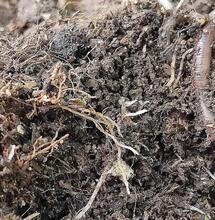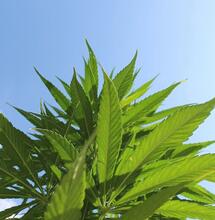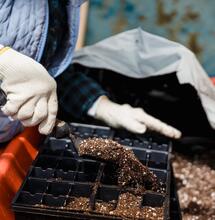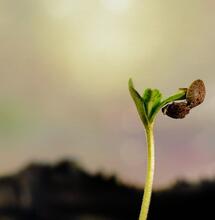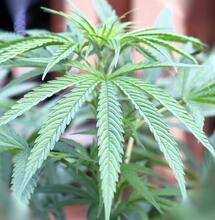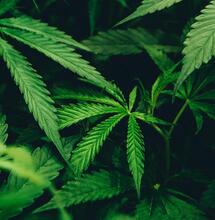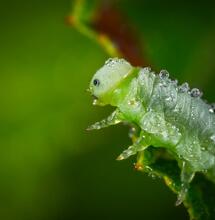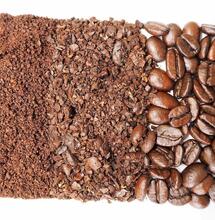Uses of Baking Soda in Cannabis Gardening
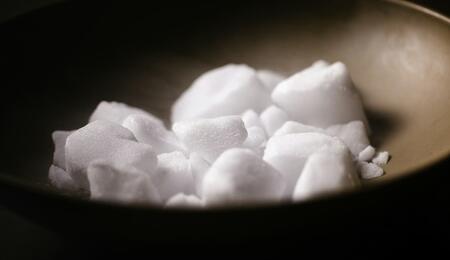
Believe it or not, baking soda can work wonders in your garden. Whether you’re growing cannabis, vegetables, or flowers, this simple household ingredient can fight powdery mildew, black spot fungus, and soil gnats. It also helps deter pests, control unwanted grass, and even clean residue from nutrients or pesticide spills. Read on to discover how baking soda solutions can support a healthier, more resilient cannabis garden.
Why Growers Use Baking Soda for Plant Protection
Bicarbonate of soda is a known baking ingredient. It gives bread, pastries, muffins, and cakes their distinctive fluffy texture. Soda powder is reactive with acids like lemon juice and vinegar, which causes the dough to rise by producing carbon dioxide.
Besides being a popular kitchen supplement, baking soda can also be used for multiple other things around the household. It helps suppress a foul fridge odor; it can be used as a kitchen cleaner and a whitening agent for laundry. You can remove carpet stains with it, and you can even use it as a teeth whitener or as a mouthwash.
In cannabis gardens, baking soda can serve as an effective pest control agent. It works best on plants in the vegetative stage or early flowering. If any residue remains after application, gently rinse the foliage. As with other garden treatments, avoid using baking soda solutions on plants in the later stages of flowering.
Let’s skim through the various uses of baking soda in your cannabis garden and why some growers use it as a natural protection for plants.
How to Use Baking Soda for Fungal Plant Diseases?
Depending on the fungal spread you detect, several different baking soda solutions or sprays can be prepared.
Powdery Mildew
Powdery mildew often thrives in gardens with high humidity. Baking soda can help eliminate mildew on cannabis plants and vegetables alike. Acting as a natural fungicide, it disrupts the ion balance within fungal cells. Below is a simple baking soda spray recipe and safety tips for both indoor and outdoor plants.
DIY Baking Soda Spray for Powdery Mildew
- 1 tbsp. of baking soda
- 1 tbsp. of dishwashing liquid (or half tbsp. for a lighter concentration)
- 1 tbsp. of vegetable oil (for surfactant purposes)
- 1 gallon of water
Application:
- Outdoor cannabis plants: Apply the spray once a week during cloudy weather. Avoid sunlight exposure afterward to prevent leaf burn.
- Indoor cannabis plants: Apply the spray when the lights are off and the plants are cool, then turn the lights back on once the foliage is mostly dry. If needed, shake off any excess moisture before restoring light or moving the plants into direct sunlight.
- Safety recommendation: Ensure that the solution is very well diluted before use.
- Additional uses: The spray can also be used for washing vegetables and other garden flowers, including zinnias, impatiens, squash, cucumbers, etc.
Two Baking Soda Recipes for Leaf Fungus and Soil Gnats
Before applying anything, partially defoliate your cannabis plants by removing the worst affected leaves. There are two solutions you can make for this problem.
- 1 tsp. of baking soda
- 1 tsp. of castile soap
- 1 gallon of water
Application: Combine thoroughly and treat affected foliage and soil as needed.
- 1 tbsp. of baking soda
- 2 tbsp. of vegetable oil
- 1/2 tsp. of castile soap
- 1 gallon of water
Application: Spray with this anti-fungal spray for Cannabis until the fungus disappears. The same solution can be used for tomato plants.
Black Spot Fungus
If your plants are attacked by black spot fungus, a very simple solution is used for spraying and washing:
- 4 tsp. of baking soda
- 1 gallon of water
Application: Spray the plants when they are sheltered from direct sunlight and heat. This baking soda solution is also suitable for roses and grapevines, but should be applied only during the early stages of fruit development.
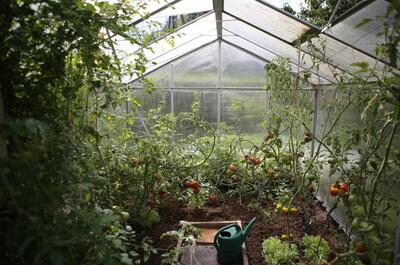
How to Kill Bugs with Baking Soda?
Sodium bicarbonate can also deter various types of insects, including sap-sucking varieties, caterpillars, carpenter ants, and silverfish.
Sap-sucking Pests
- 2 tbsp. of baking soda
- 2 tbsp. of organic, bio-degradable soap
- 2 cups of water
Apply small doses of the spray if the plants are still young. A more potent dose may harm the leaves, especially if they already appear weak due to an infestation. Spray plants weekly or as needed, such as after rain for outdoor gardens, and apply to indoor plants only when the lights are off.
This will work as an excellent deterrent. Using natural soap is strongly advised so as not to harm the growing environment with chemicals.
Caterpillars
Prepare a half-half blend of baking soda and regular flour, then apply directly onto the plants. The caterpillars will feed on the mixture and die within a few days. If they return, simply reapply as needed.
Other Critters
Keep your grow spaces pest-free by sprinkling baking soda around doorways, windowsills, plumbing fixtures, and under sinks—anywhere you notice ants, cockroaches, silverfish, or other intruders. These pests won’t cross the line. For slugs, apply baking soda directly to the creatures for effective control.
How to Eliminate Pesky Weeds?
Unwanted weeds like crabgrass, bindweed, and nutsedge can quickly overtake outdoor plots and attract pests. Baking soda is a natural remedy that kills existing weeds and helps prevent new growth. Apply carefully near cannabis plants and lawns, and focus on actively growing weeds in spring or fall, as summer weeds may require more frequent treatment.

How to Fix Other Plant Damage with Baking Soda?
Occasionally, growers have to deal with the removal of various types of deposits that might coat cannabis plants. Excess nutrient or pesticide spills, bad weather, or nearby construction sites, can all contribute to coatings that jeopardize key metabolic processes such as photosynthesis and transpiration.
DIY Baking Soda Cleaning Agent for Plants
- 1 tsp. of baking soda
- 1 tsp. of Epsom salt
- 1/2 tsp. of clear ammonia
- 1 gallon of water
This solution can effectively help remove harmful coatings on plants. The mixture should be sprayed freely over outdoor Cannabis plants, particularly if rain is forecast. This method can also be used to clean indoor plants, but be sure not to saturate them and rinse afterward to keep the foliage fresh.
Avoid overusing baking soda in your soil, as excess can leave salt deposits that may need flushing. If you live near the ocean, your soil may already be high in salts, so apply with caution. Drastic changes in salt content can affect soil conductivity, and harm cannabis growth (ideal pH: 5.8–6.8).
How to Test Soil with Soda Powder?
You can easily test for acidic soil using baking soda. Sprinkle a small amount of sodium bicarbonate onto wet soil in your garden. If it fizzes or bubbles, the soil is acidic (pH < 5), which may be limiting your plants’ growth.
Can You Clean Garden Tools with Baking Soda?
Cleaning is just one of the many household uses for baking soda. Mix it with enough water to form a gel-like paste. This solution can be used to scrub and rinse grower tools such as watering cans, clay pots, sprayers, and plant containers. It’s also effective for cleaning hands after gardening and for neutralizing odors in trash cans and other areas.
Want to learn more ways to use baking soda in the garden?
Check out our guide on general baking soda uses in cannabis gardening for soil testing, cleaning tools, and natural weed control.
Last updated November 4, 2025






